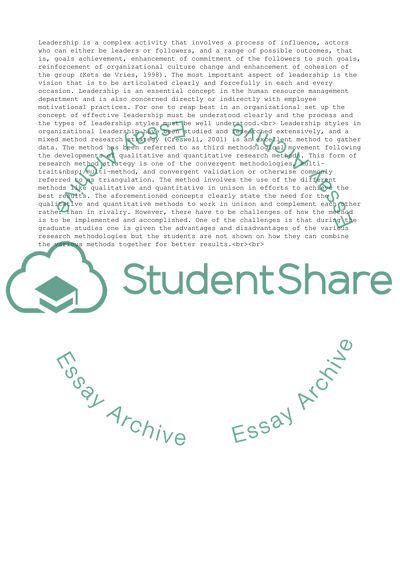Cite this document
(“Leadership Styles in Organizational Leadership Research Paper”, n.d.)
Leadership Styles in Organizational Leadership Research Paper. Retrieved from https://studentshare.org/management/1741786-leadership-styles-in-organizational-leadership
Leadership Styles in Organizational Leadership Research Paper. Retrieved from https://studentshare.org/management/1741786-leadership-styles-in-organizational-leadership
(Leadership Styles in Organizational Leadership Research Paper)
Leadership Styles in Organizational Leadership Research Paper. https://studentshare.org/management/1741786-leadership-styles-in-organizational-leadership.
Leadership Styles in Organizational Leadership Research Paper. https://studentshare.org/management/1741786-leadership-styles-in-organizational-leadership.
“Leadership Styles in Organizational Leadership Research Paper”, n.d. https://studentshare.org/management/1741786-leadership-styles-in-organizational-leadership.


